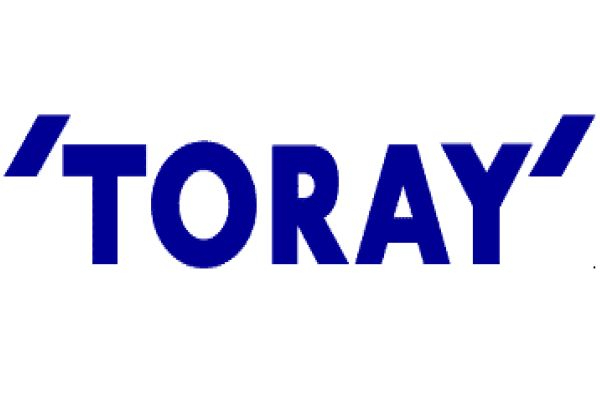Toray boosted initial scintillator panel brightness by as much as 21%

Toray Industries announced that it has developed a highly durable short-afterglow scintillator panel that accelerates non-destructive X-ray inspections and enhances their operational efficiency. It launched this offering in Japan and abroad in June 2024.
Companies frequently use non-destructive X-ray inspections to ensure the quality of such critical products as semiconductors, electronic components, and food products. Defects or contamination can create major social issues. These include infrastructure disruptions, automobile accidents, and health hazards. The market for X-ray inspection systems should expand around 10% annually. Key growth drivers are the expanding scope of product inspections, broader inspection targets, and the adoption of complete in-line inspections.
Moving products and cameras swiftly and capturing images at high speeds reduces item inspection times. The downside with scintillator panels using general-purpose terbium-doped gadolinium oxysulfide (GOS) phosphors is blurred images, such as transfer direction tails. Praseodymium-doped GOS phosphors have short afterglows and can sharpen images. They are less bright, however, than terbium-doped GOS phosphors. Another challenge is that non-destructive high-speed X-ray inspections are often around the clock, and X-ray irradiation erodes scintillator panel brightness, increasing X-ray detector replacement frequency.
Toray boosted initial scintillator panel brightness by as much as 21% by using a highly reflective proprietary base film. By identifying and addressing luminance degradation causes, luminance after acceleration tests was up to 30% greater than with conventional technologies.
Subscribe to our newsletter & stay updated.